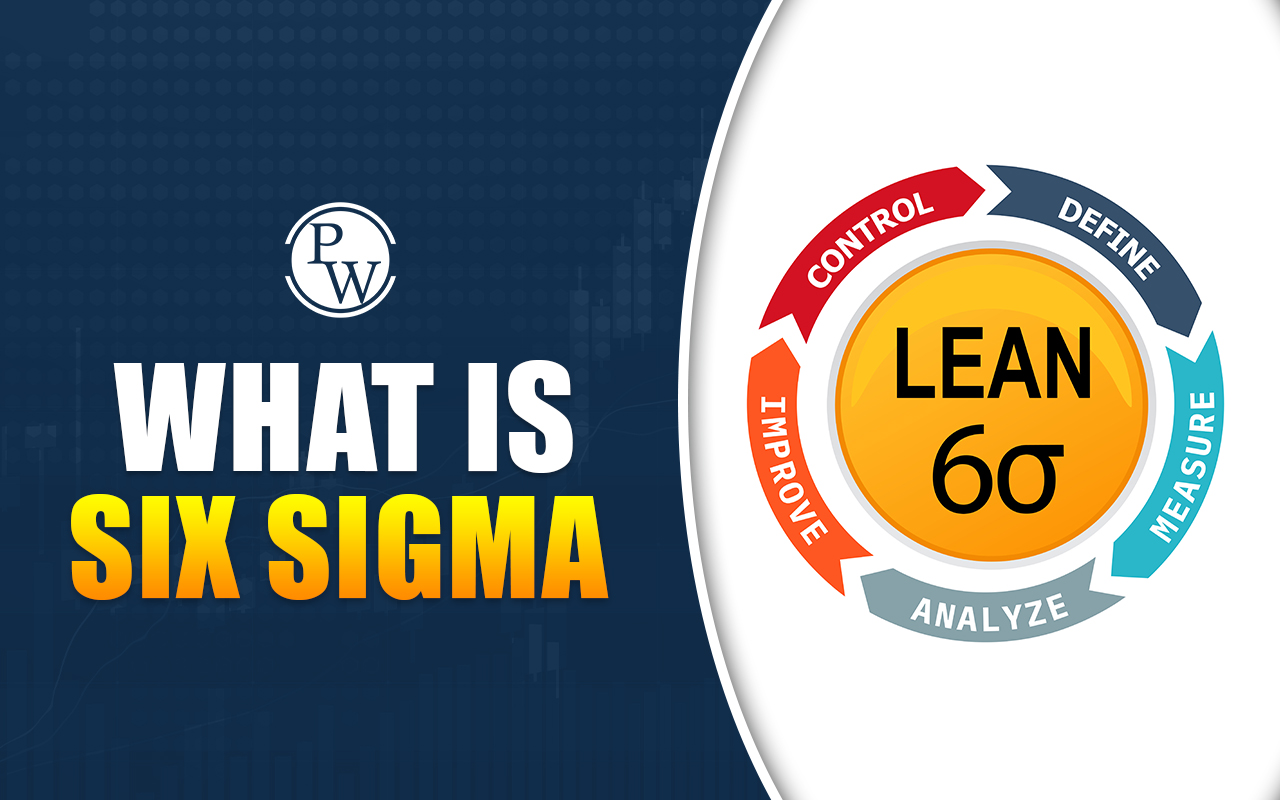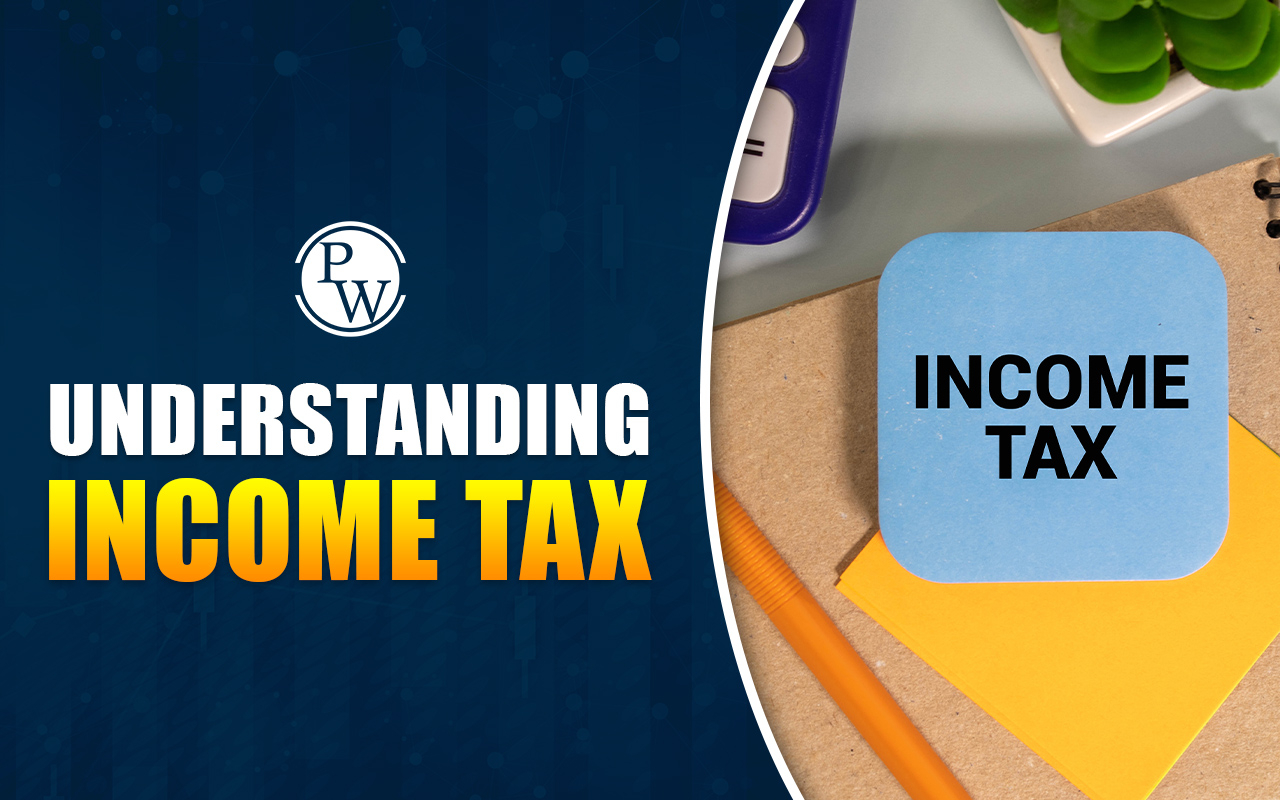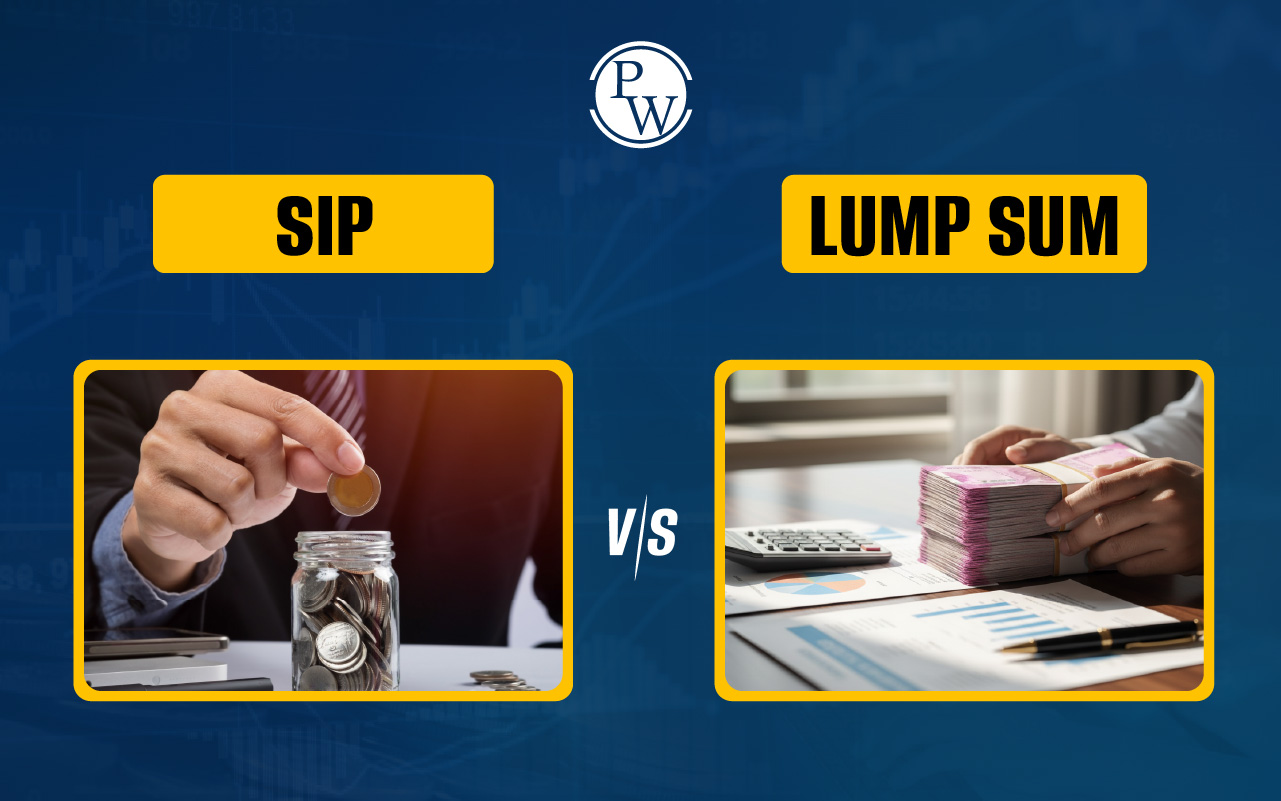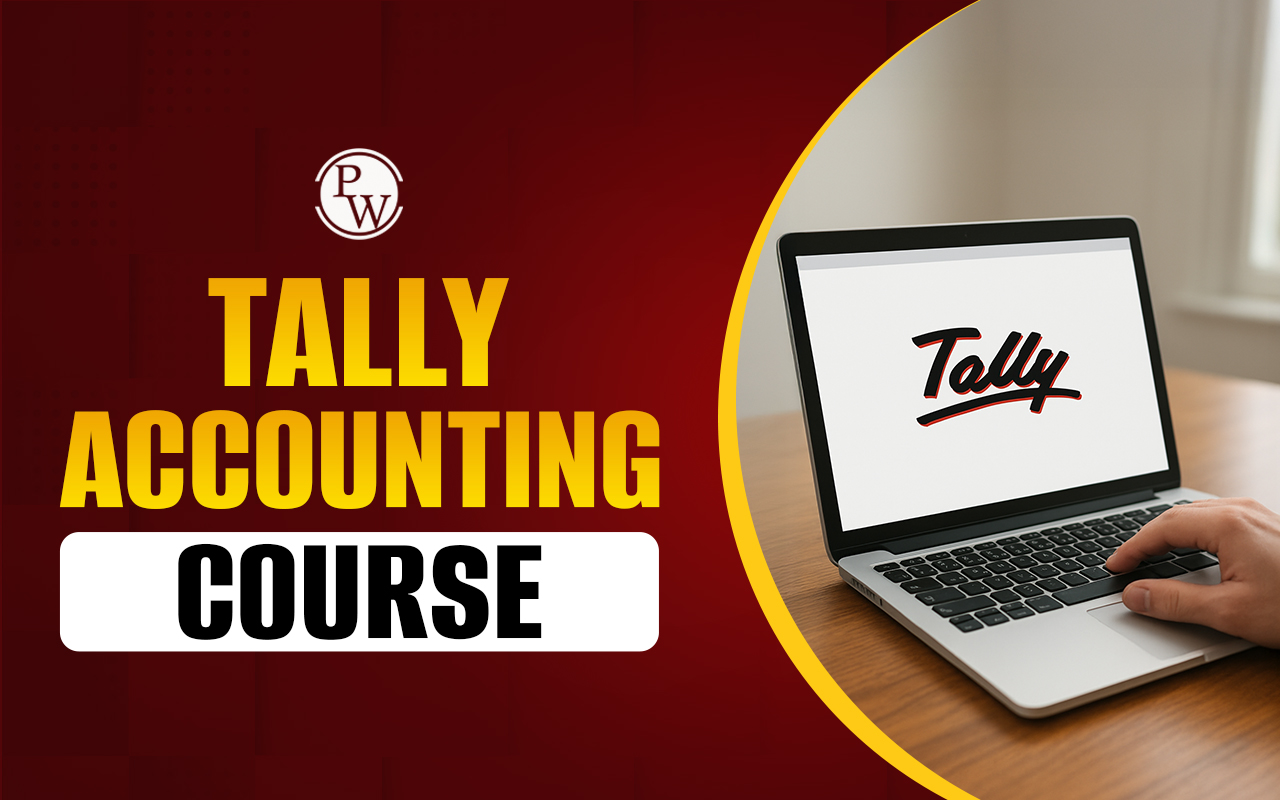
Computerized Accounting Course involves the study of advanced accounting processes, which helps in increasing the efficiency of accounting by saving time and minimizing the scope of committing errors. Computerized Accounting is a software application process that processes financial transactions as per GAAP (Generally Accepted Accounting Principles) to produce financial reports as required.
In this system, under the computerized accounting course, the storage framework and data processing are termed as operating environment. It is dependent on the accounting system.
What is Computerized Accounting Course?
A computerized accounting course provides training to students in using advanced accounting software to manage financial records. Such courses cover the study of topics, including accounting principles, financial statements, and the use of some specific software such as Tally, QuickBooks, and SAP.
Computerized Accounting Courses are categorized into different levels, from introductory to advanced, and lead students to obtain certifications or a diploma.
Important Components of Computerized Accounting Systems
Computerized Accounting Systems work in a digital environment, and for this technology to work efficiently, the system must contain the following components:
-
Accounting Framework: Standardized principles and rules while conducting financial transactions.
-
Database Management: For easy storage and retrieval of financial data.
-
Automation Tools: For payroll calculations, generating invoices, adding taxes on behalf of an accountant, etc.
-
Customized Reporting: For producing important documents such as balance sheets, profit-loss accounts, etc
-
Multi-user Access: Used for different users to access information based on certain criteria.
Also Check: How To Change Career To Accounting?
Types of Computerized Accounting Systems
Different businesses use different types of computerized accounting systems depending upon their size, complexity, and operations. The three main types of computerized accounting systems can be classified as follows:
| Types of Computerized Accounting Systems | |
| System | Details |
| Ready-to-use Accounting Software | Suited for small-sized businesses, cheap and easy to install |
| Off-the-shelf solutions like Tally and QuickBooks | |
| Used for basic bookkeeping, invoicing, and basic features on taxes | |
| Customized Accounting Software | Suited for medium-sized enterprises with specific financial requirements |
| More expensive and efficiently combines all other business purposes. | |
| May include modules related to the industry, like POS systems | |
| Enterprise-Level ERP Solutions | Used by multinationals and big enterprises |
| Some common ERP Softwares include - Oracle, Microsoft Dynamics, etc. | |
| Manages all aspects of accounting, sales, human resources, and inventory | |
Advantages of Computerized Accounting Systems
A Computerized Accounting System that can be studied through various computerized accounting courses ensures that automation is involved in all accounting processes and calculations to minimize effort and improve efficiency. The advantages of computerized accounting systems can be summarized as follows:
-
Increased Reliability and Accuracy: With automation controlling all types of calculations, these accounting systems help in limiting the scope of error as compared to manual data entry.
-
Real-time Monitoring of Finances: These systems provide instant submission and analysis of records in contrast to the conventional methods of accounting, where businesses have to wait hours to analyze their expenses and revenues.
-
Compliance with Tax Regulations: Computer Accounting Systems help businesses in complying with the GST requirements and other legislations like TDS, as these systems are built around previously set taxation guidelines and do not require any input from any human outside of the system.
-
Cost and Time Efficiency: These systems help significantly bring down the administrative costs by automating all the processes, including payroll processing, inventory tracking, and tax filing.
Computerized Accounting Course Syllabus
The Computerized Accounting Course Syllabus covers the fundamentals of computerized accounting systems, including the use of accounting software, data entry, report generation, and the practical application of accounting systems within a digital environment. A more detailed breakdown of the Computerized Accounting Course Syllabus is as follows:
| Computerized Accounting Course Syllabus | |
| Topics | Details |
| Introduction to Computerized Accounting | Concepts and types of CAS, features, and structure |
| Accounting Software and Its Application | Introduction, Tally Fundamentals, crafting and managing masters, voucher entry, generating reports, inventory management, etc. |
| Accounting Principles and Practices | Accounting Cycle, Data Entry, validation, Verification, Adjusting, closing and opening of entries, bank reconciliation, GST and TDS, etc. |
| DBMS in Accounting | Application and Uses |
| Electronic Spreadsheets for Accounting | Introduction, Application in Accounting, Graphs and Charts, etc. |
| Practical Application and Case Studies | To understand the use of accounting systems in a digitized environment |
Any type of business, whether small or big, requires the use of computerized accounting systems. For students to take a computerized accounting course can be profitable, as it will enable them to offer firms the services of effective and efficient accounting across all their expenses and revenue transactions.
The objective of the Certificate course in Taxation is to provide you with the skills, information, and practical experience you need to succeed in the field of accounting. This four-month hybrid program, taught on weekdays in recorded and live lectures, contains practical case studies guided by PwC India.
Computerized Accounting Course FAQs
What is a Computerized Accounting Course?
What are the advantages of a computerized accounting course?
What are the types of computerized accounting systems?
Who should enroll in a Computerized Accounting Course?










